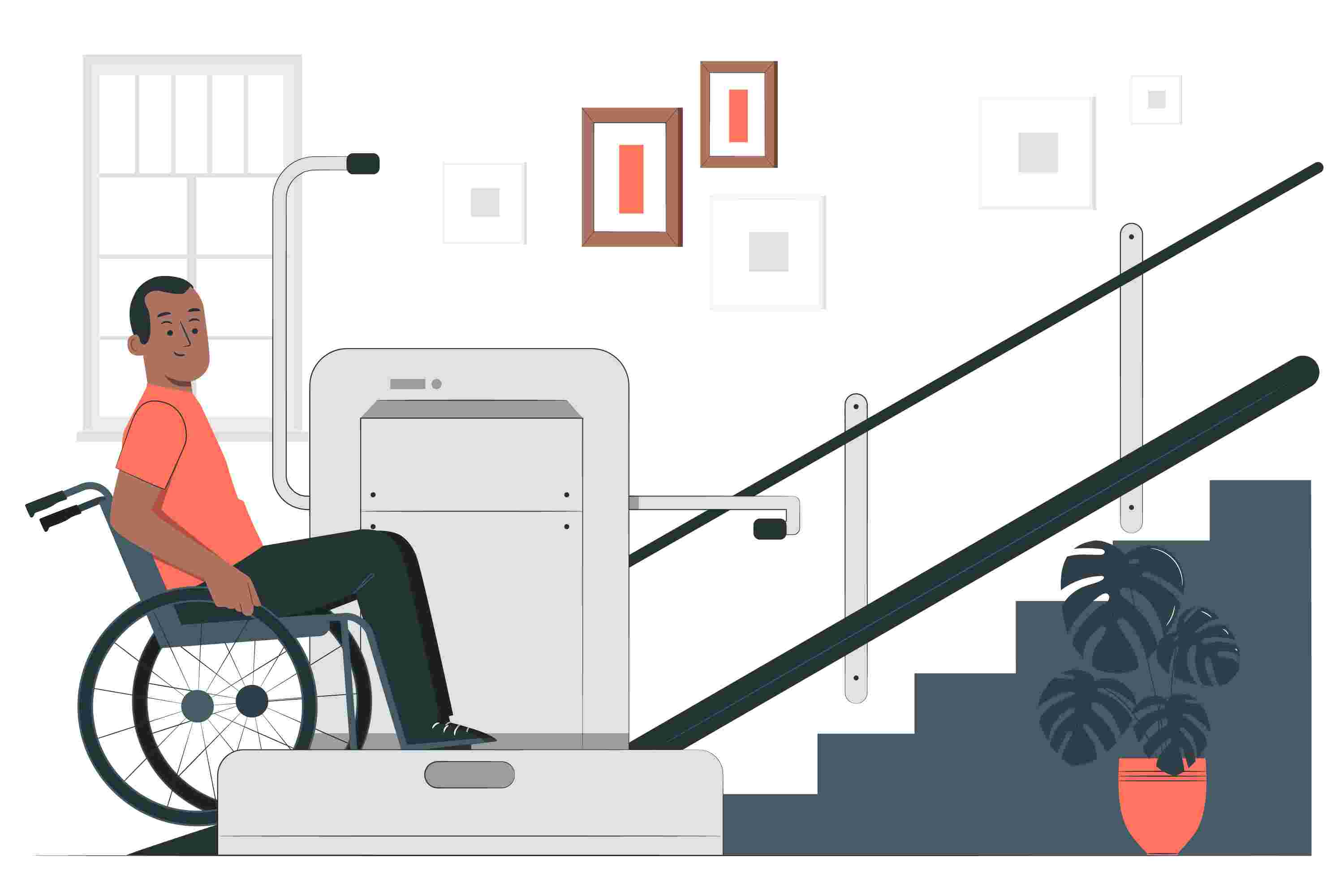-
Feed de Notícias
- EXPLORAR
-
Páginas
-
Grupos
-
Eventos
-
Blogs
-
Marketplace
-
Fóruns
-
Jogos
How to Choose the Right Type of Elevator for Your Home

For those with reduced mobility, a residential elevator isn’t a mere luxury—it’s a tool that improves safety and mobility. If you’re considering getting a residential elevator, you might already know that there are multiple types of elevators to choose from. How do you know which one is best for your home and your mobility needs? Keep reading to find out.
Evaluating Your Mobility Needs
The first and most important thing you need to consider is how this elevator will address your individual mobility needs. Since this elevator is primarily for mobility purposes, you want to ensure that any elevator you choose will get the job done. For example, if your mobility restrictions require the use of a wheelchair (or may require a wheelchair in the future), it must have a cab large enough to accommodate the chair with room to maneuver, as well as a low threshold at the entrance for easy access. If you don’t use a wheelchair but still struggle with the stairs, a smaller, simpler elevator design may be enough and will save you money.
Assessing Your Home’s Layout
The layout of your home plays a key role in determining what kind of elevator you can get. Compact models like shaftless elevators are better for homes with more limited space. On the other hand, if you have a larger home with plenty of space to accommodate a shaft, a traditional hydraulic or pneumatic elevator may work just as well for you.
Understanding Elevator Types
Now that you have an idea of what you need, it’s time to take a closer look at the different elevator types:
1. Hydraulic Elevators: These are durable elevators capable of carrying heavy loads, making them great for wheelchair users. However, they need a machine room and a pit, which increases complexity and cost of installation.
2. Pneumatic Elevators: These are sleek and modern in style and operate using air pressure. They don’t require a machine room or pit, making them a good choice for homes with less space or those who are concerned with energy efficiency.
3. Shaftless Elevators: These are another compact option and are cost effective. However, they don’t accommodate wheelchairs well and some people don’t love the aesthetics of their design.
4. Traction Elevators: Traction elevators also need a shaft and some extra space. They operate using cables and counterweights, and are efficient for multi-story homes.
Addressing Your Budget
Finally, you’ll need to think about your budget. You’ll need to think about not only immediate costs, but long-term maintenance costs as well. While hydraulic elevators are robust, they have higher maintenance costs. Pneumatic models are more expensive upfront, but have low upkeep costs.
If you need further assistance deciding which elevator is right for you, look for a professional offering elevator installation services in Louisiana.
- Whats New
- Shopping
- Wellness
- Sports
- Theater
- Religion
- Party
- Networking
- Music
- Literature
- Art
- Health
- Jogos
- Food
- Drinks
- Fitness
- Gardening
- Dance
- Causes
- Film
- Crafts
- Other/General
- Cricket
- Grooming
- Technology

